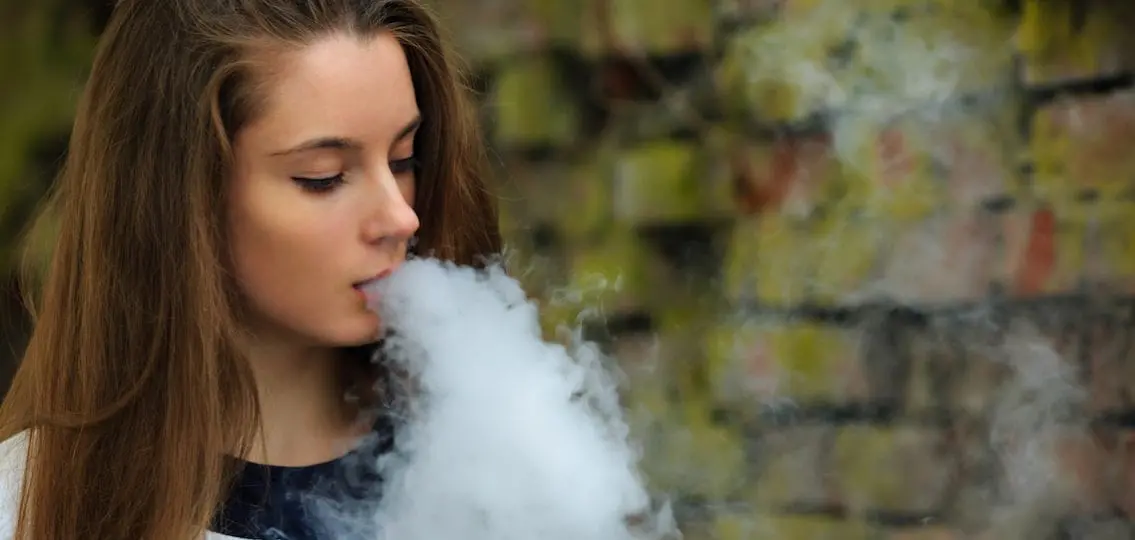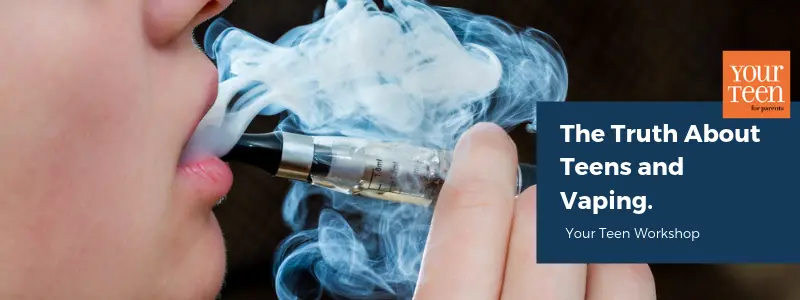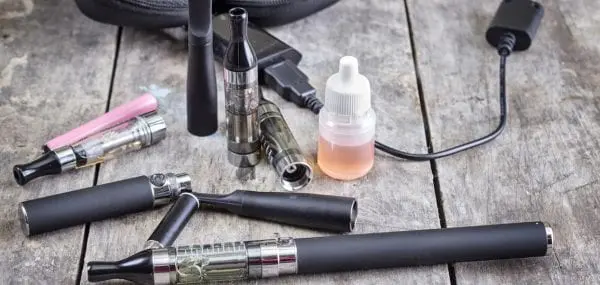I only sort of understand what “it” is, and I know that “it” happens right under our noses and our teens love doing “it.” Yikes.
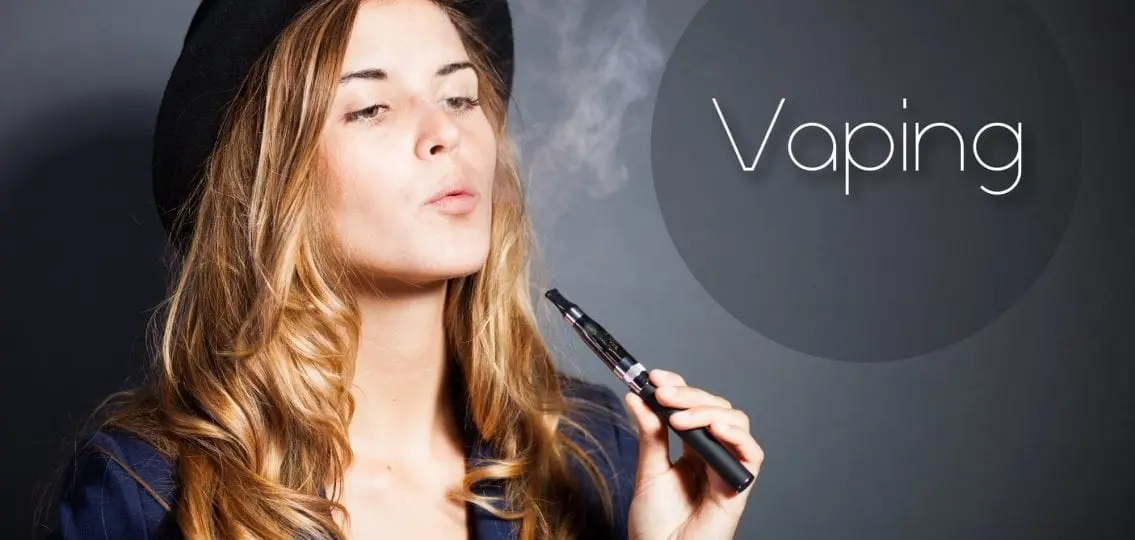
With all the talk about vaping and Juuling, I find myself both confused and scared. I’d prefer to keep my head in the sand and pretend that it’s not a problem or that it will go away or that I don’t need to worry about it, but those strategies have never really proved to be successful.
I am a word person, and as I’ve poured over articles, I’ve found myself overwhelmed by the way that e-cigarettes, vaping, and Juuling seem interchangeable. I needed clarity.
According to the National Institute on Drug Abuse, a branch of the National Institutes of Health (NIH), e-cigarettes are “battery-operate devices that people use to inhale an aerosol, which typically contains nicotine (though not always), flavorings, and other chemicals.”
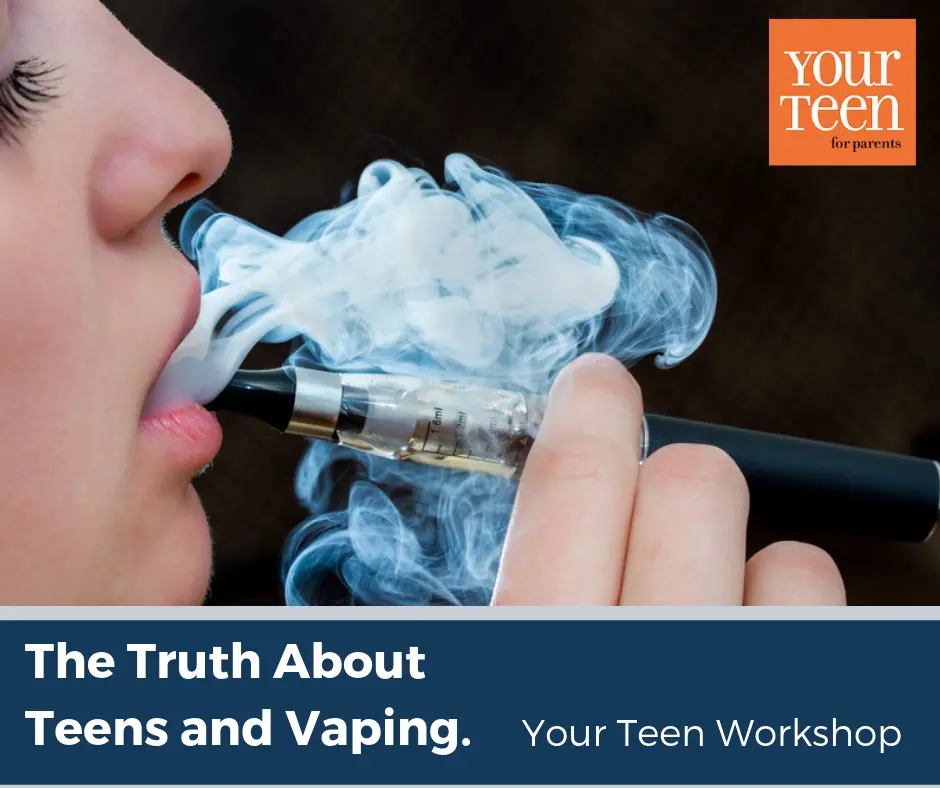
E-cigarettes may look like actual cigarettes, and a few years ago, vaping “pens” were very popular. However, the e-cigarettes that are currently the most prevalent among teens look like USB memory devices. Juul is one manufacturer of these devices and has captured the teen market with a trendy Instagram page and cool flavors. The cartridges look like something that teens should have so it is very easy for them to have them on their person at all times without others being aware.
If that’s not scary enough, the NIH claims, “their easy availability, alluring advertisements, various e-liquid flavors, and the belief that they’re safer than cigarettes have helped make them appealing” to teens. So appealing that use among all teens has increased. The University of Michigan’s Monitoring the Future Study reports a “dramatic” increase in teen vaping. For example, the percentage of seniors who admitted to vaping rose from 27.8 percent in 2017 to a whopping 38.3 in 2018.
It’s daunting to think that teens have so many misconceptions about the dangers associated with e-cigarettes. Whether they believe inhaling in this fashion is not harmful at all or not as harmful as other ways of using substances, they are still wrong.
Despite the fact that vaping and Juuling are a relatively new phenomena, there is still clear evidence that highlights the essential dangers. No matter how much or how little, nicotine is addictive. And no matter how mature our teens believe they are, their brains are still not developed. Then, we can figure in the very real and documented potential damage to the lungs, bladder, and heart – and this information is just the beginning of the research. Call me naïve, but I’d never heard of popcorn lung until I started reading about vaping.
I think the only thing that is safe to say about vaping is that it’s not safe.

I hate to think that like cigarettes and tobacco, it’s going to take years to get the appropriate information and regulations in place, but most likely, it will. That’s why it’s even more incumbent on parents, health professionals, school personnel, and teens themselves to advocate for information, health, and safety.
